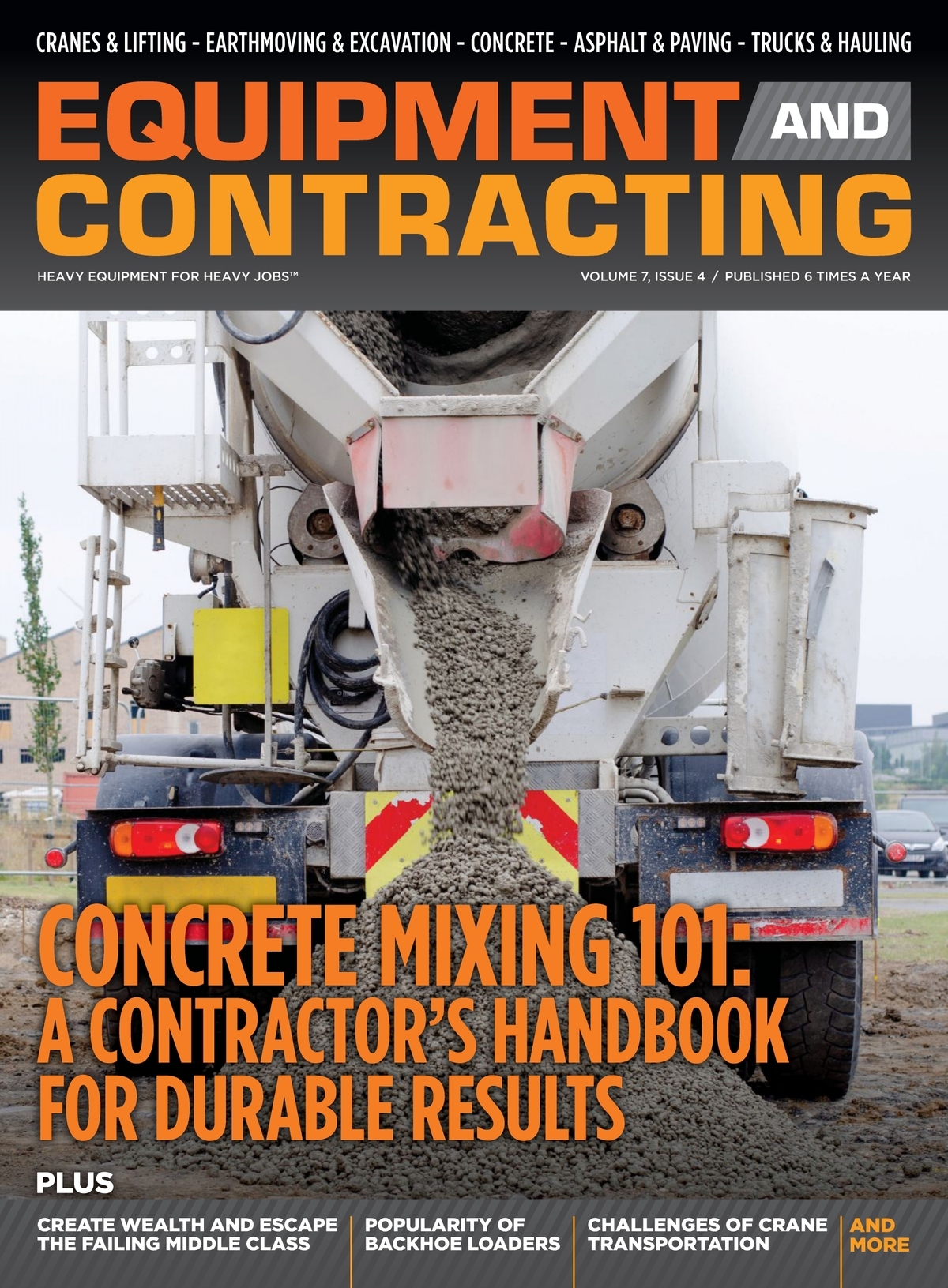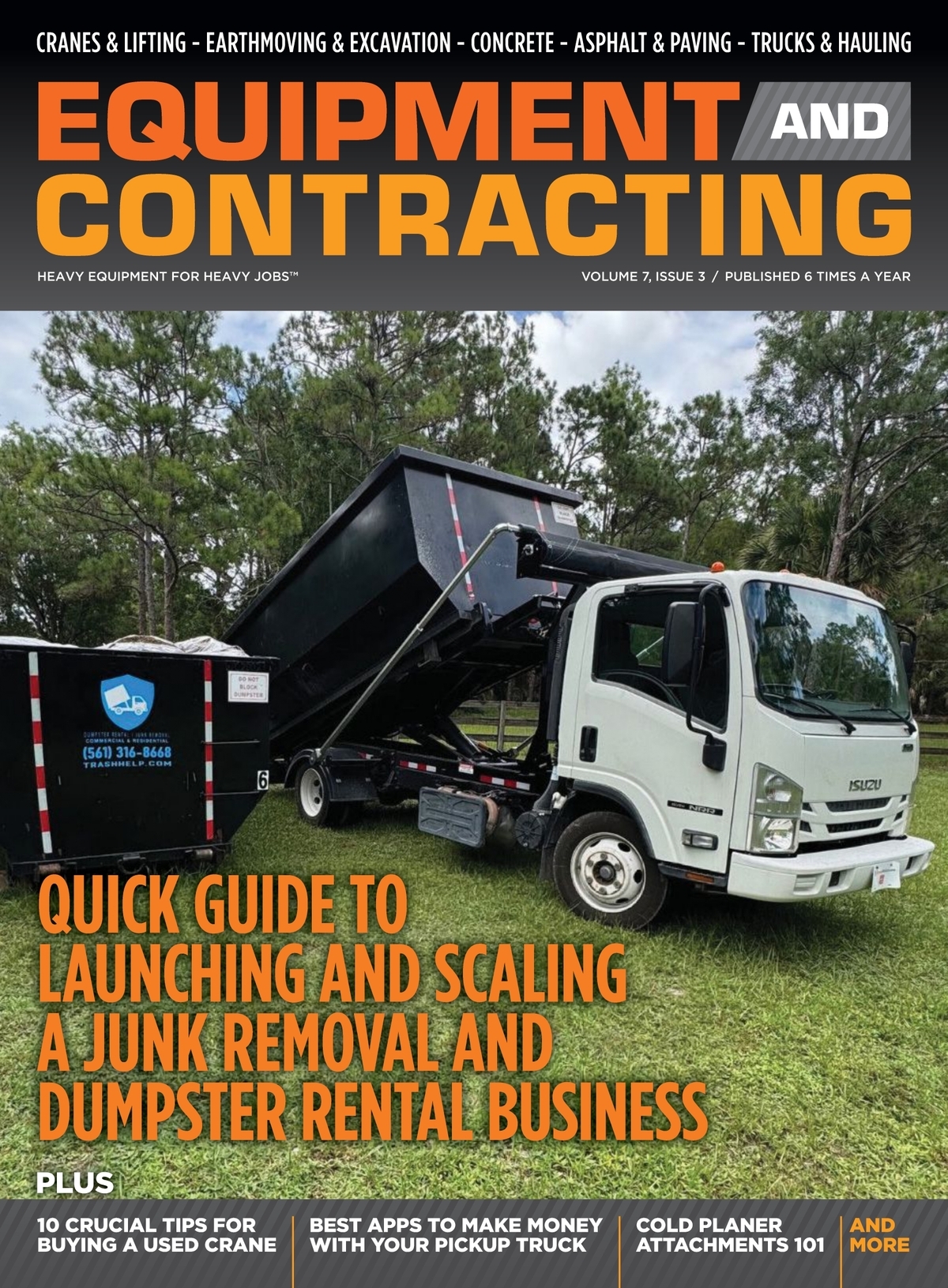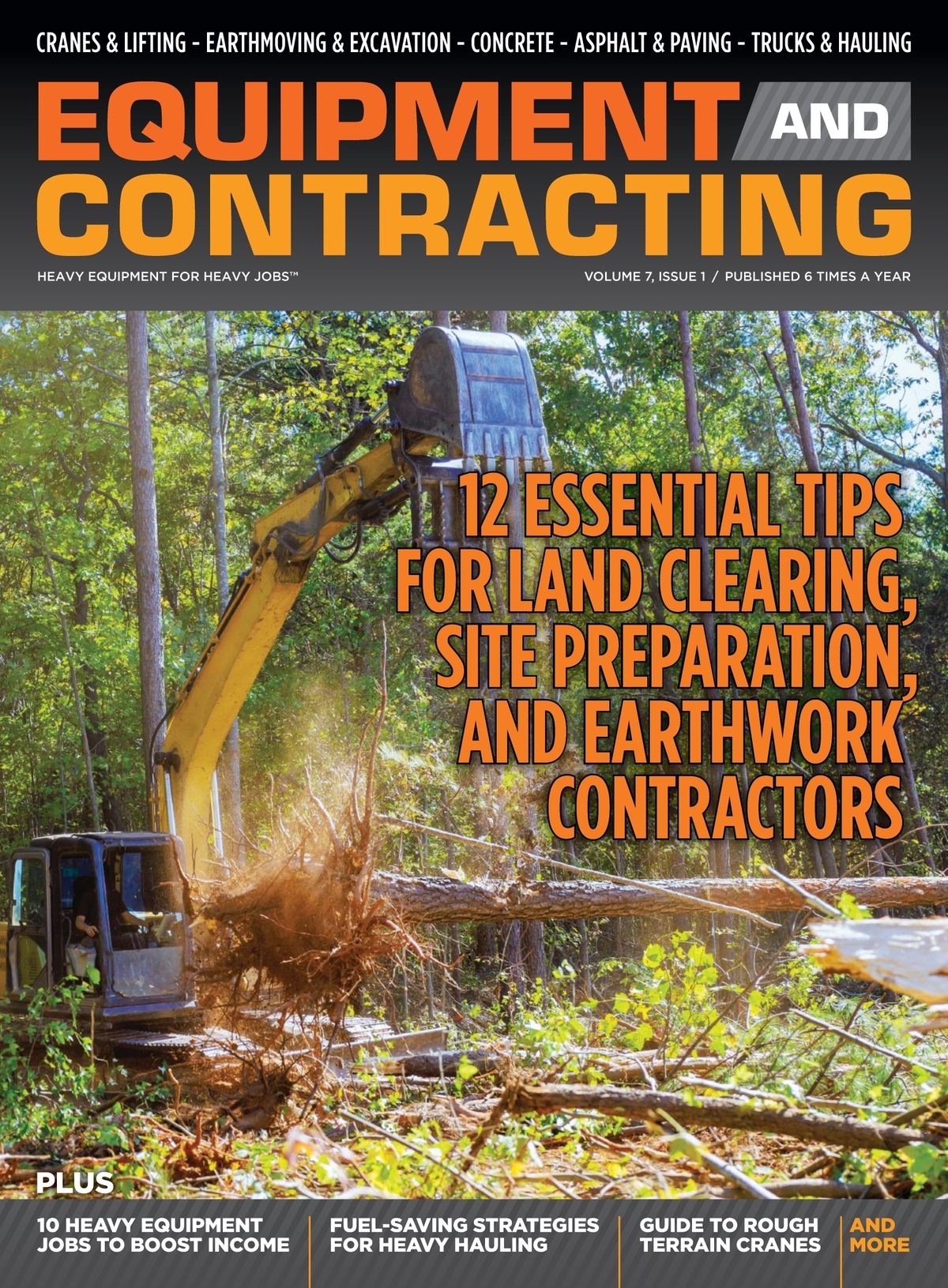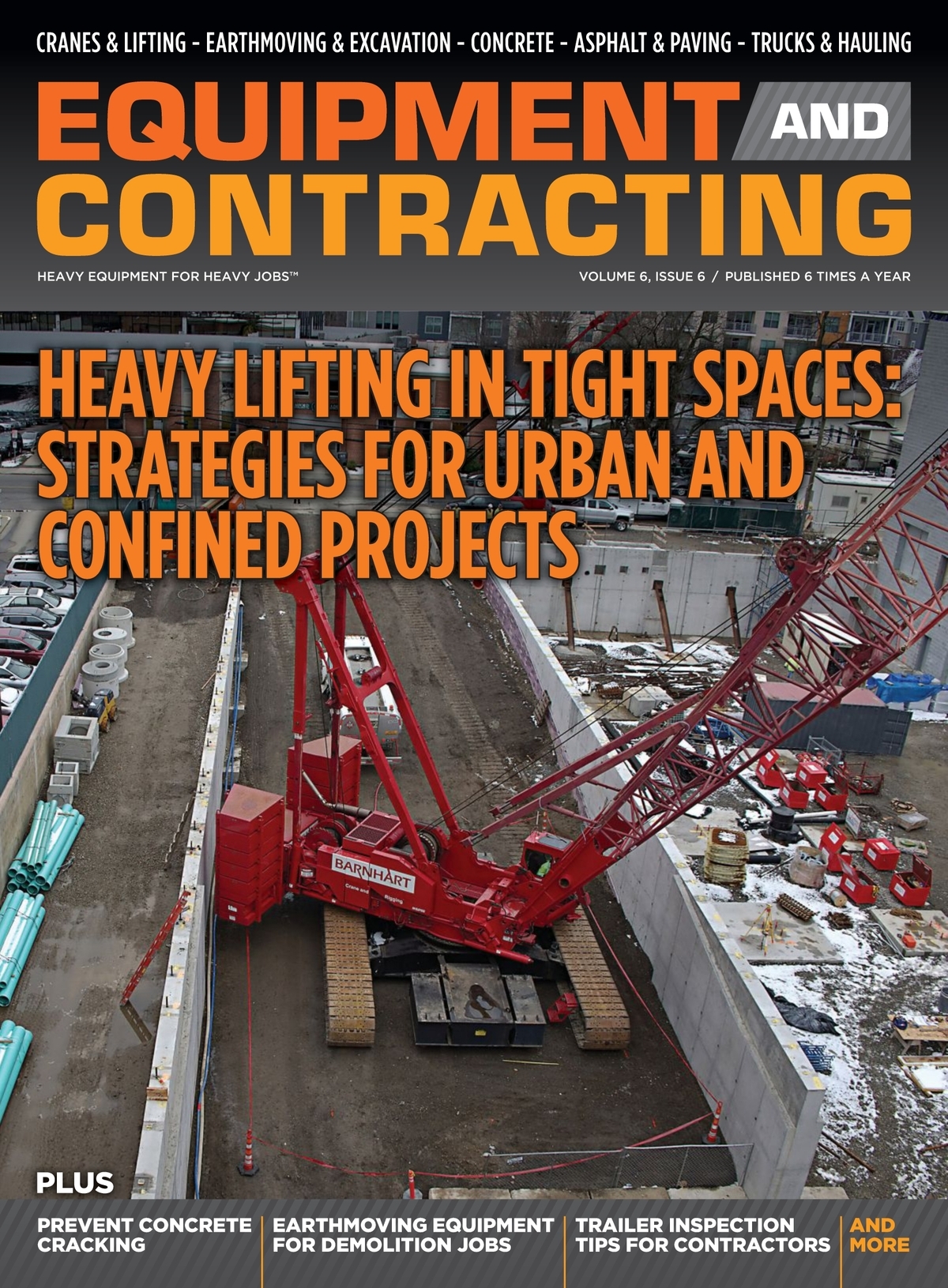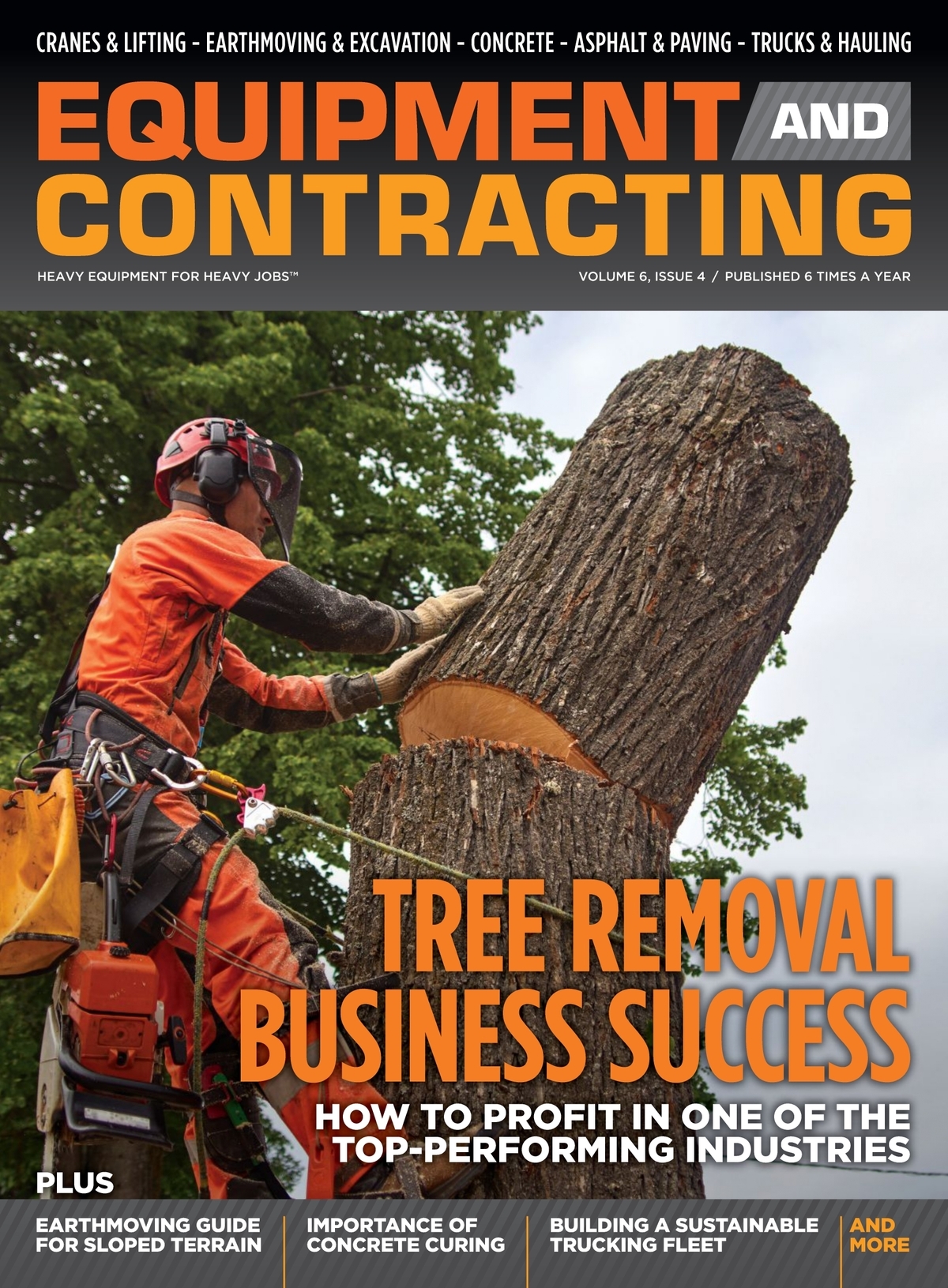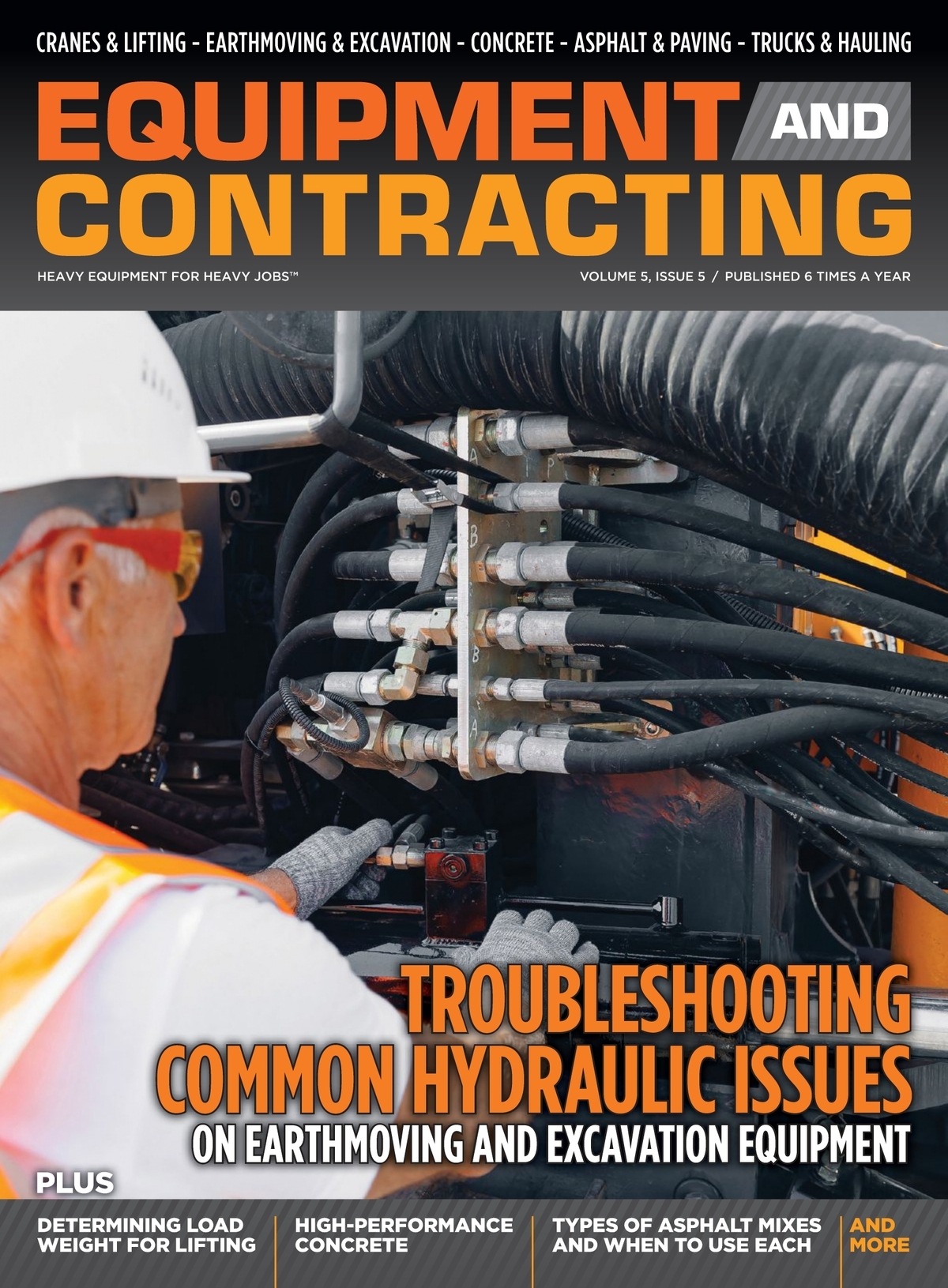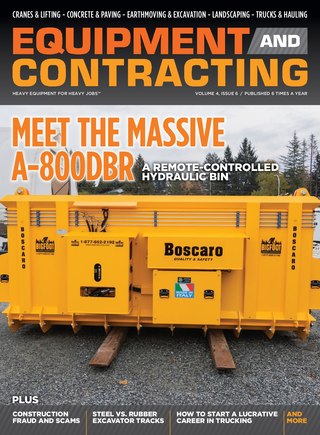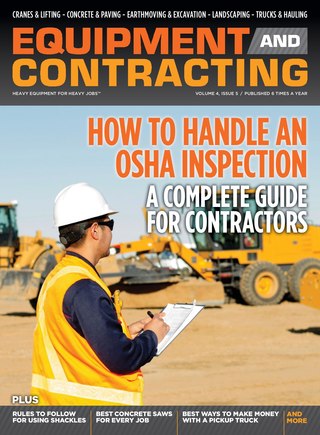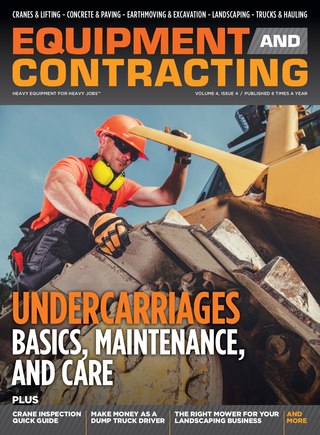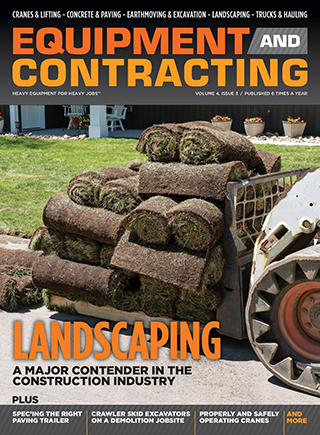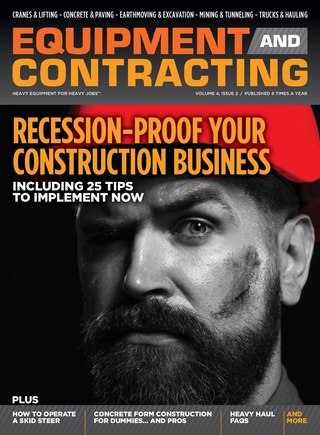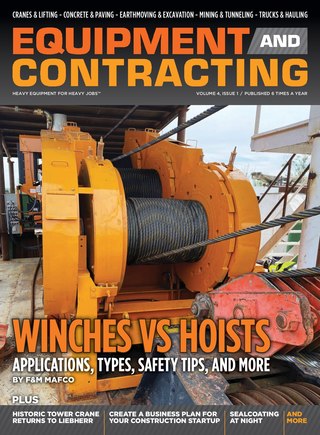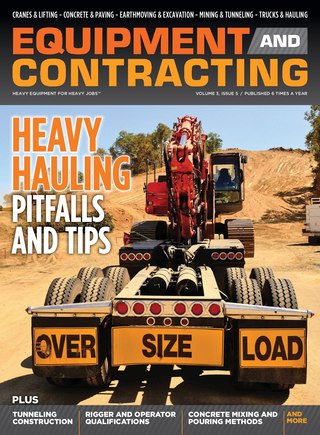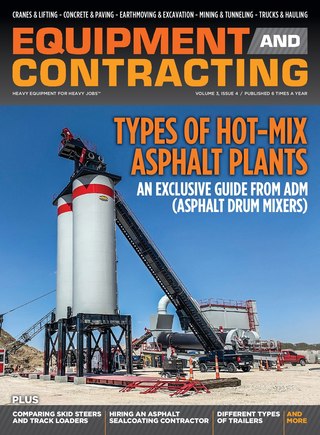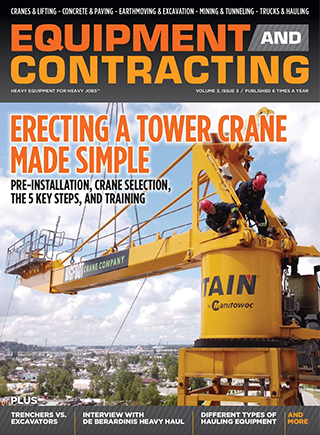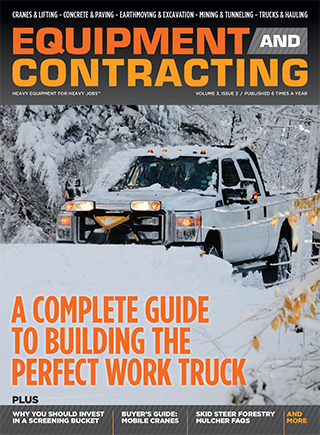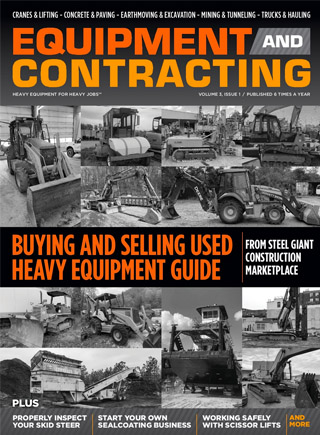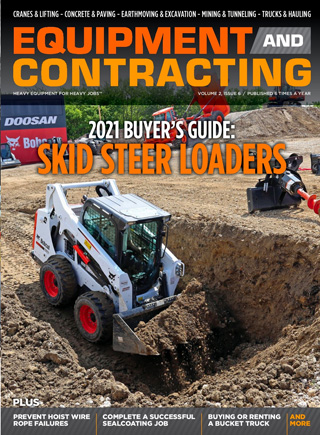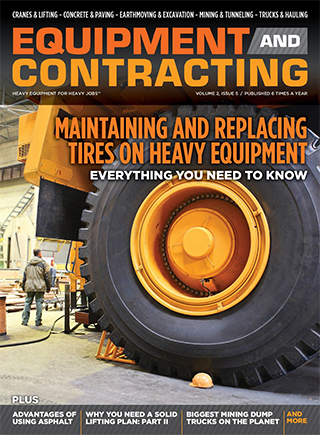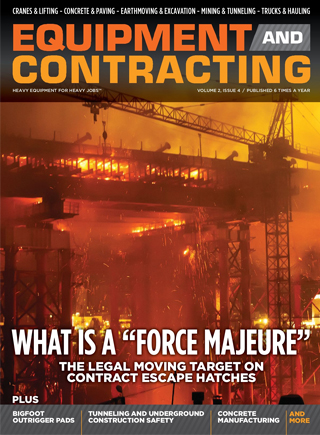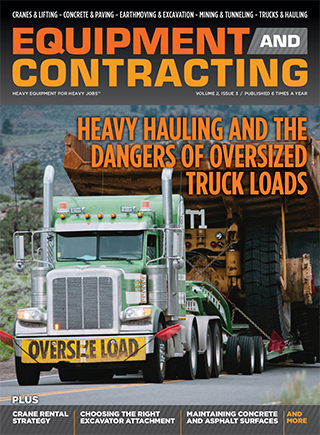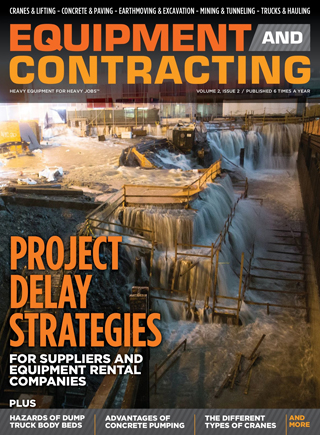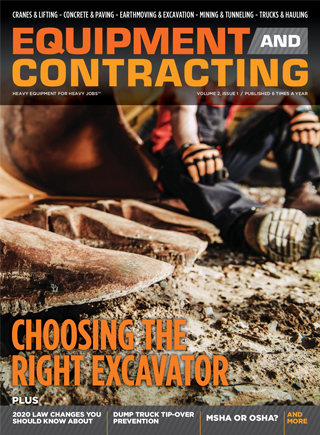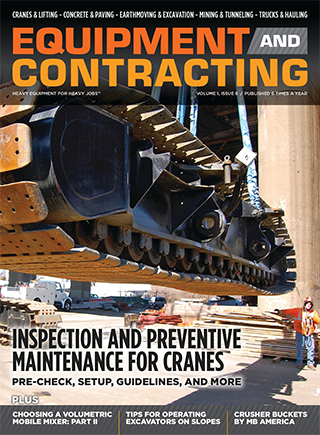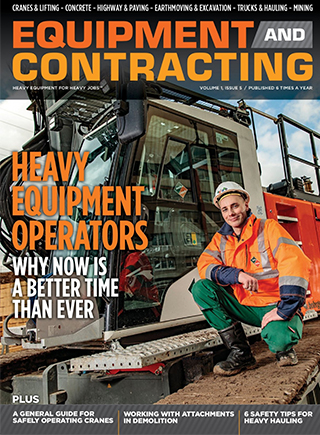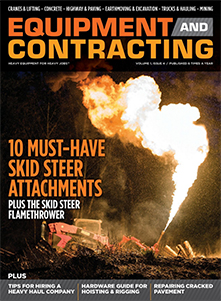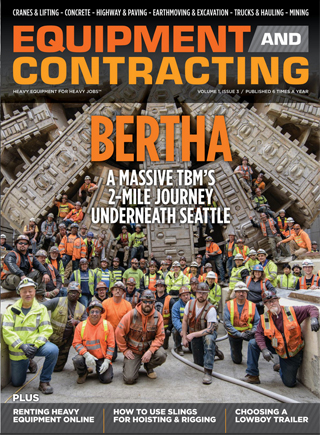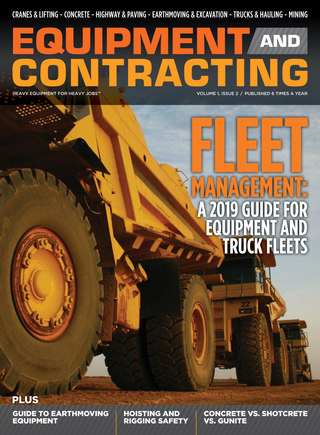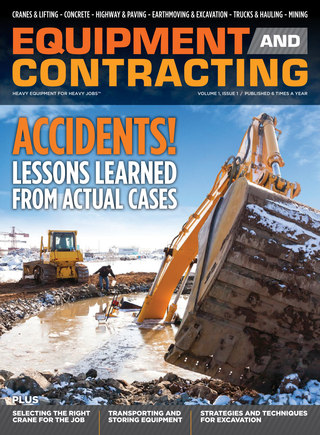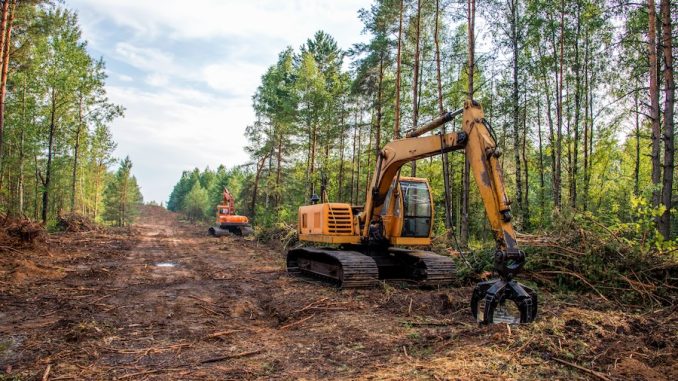
View the complete article here.
In today’s competitive market—success in land clearing, site preparation, and earthwork projects hinges on a blend of meticulous planning, advanced technology, and robust safety practices. This guide provides essential tips designed to guide contractors through every stage of their projects, from initial surveys and equipment investment to waste management and client relations.
1. Conduct a Solid Pre-Project Survey
Before starting any land clearing project, invest time in a comprehensive survey of the site. This includes topographical mapping, soil analysis, and environmental assessments to identify critical features such as wetlands, endangered species habitats, or archaeological sites. By understanding the terrain and regulatory constraints from the outset—you can design a detailed project plan that minimizes risks, informs equipment selection, and ensures that you meet all compliance requirements.
2. Invest in and Maintain High-Quality Equipment
Your machinery is the backbone of your operations. Choose equipment that is not only robust and reliable but also well-suited to the specific conditions of each project. Whether it’s heavy-duty bulldozers, excavators, or specialized clearing attachments—invest in models known for efficiency and durability. Regular maintenance and timely upgrades are essential to avoid breakdowns that could delay your project schedule and incur costly repairs. Additionally, consider investing in equipment with advanced safety features and operator aids to further enhance efficiency.
3. Develop a Comprehensive Safety Program
Safety should be at the forefront of every land clearing project. Create a detailed safety plan that covers risk assessments, emergency procedures, and proper use of machinery. Ensure that every team member is thoroughly trained in equipment operation, hazard recognition, and first-aid procedures. Regular safety drills and ongoing training updates not only reduce the likelihood of accidents but also cultivate a culture where safety is prioritized at every level, ultimately protecting both your crew and your equipment investments.
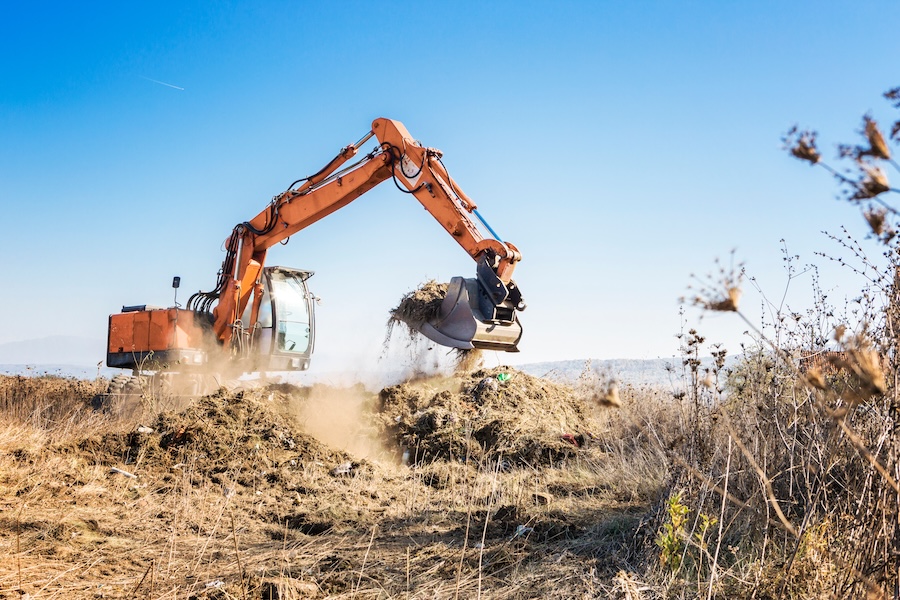
4. Ensure Full Compliance with Environmental Regulations
Land clearing projects can have significant environmental impacts if not managed properly. Stay current on local, state, and federal environmental regulations that may affect your project—including rules about water quality, soil erosion, and the protection of endangered species. Acquire all necessary permits well in advance and incorporate environmental safeguards—such as erosion control measures, reforestation plans, or buffer zones—into your project planning.
5. Optimize Project Planning and Scheduling
A well-structured project plan can make the difference between a smooth operation and a chaotic worksite. Develop a detailed schedule that outlines each phase of the clearing process, from initial site preparation to final clean-up. Factor in potential delays due to weather or unforeseen obstacles and build in contingency time. Use project management software to track progress, allocate resources efficiently, and communicate timelines with both your team and your clients. A clear, structured plan helps ensure that the project stays on track and within budget.
6. Implement Advanced Technological Solutions
Embrace technology to improve precision and efficiency on the job. GPS-guided machinery can help ensure accurate grading and reduce the likelihood of mistakes, while drone surveys provide real-time aerial views of the worksite to monitor progress and identify hazards. Additionally—project management and data analysis software can streamline operations, facilitate remote monitoring, and improve decision-making. Incorporating these technologies not only boosts productivity but also provides valuable data for future projects.
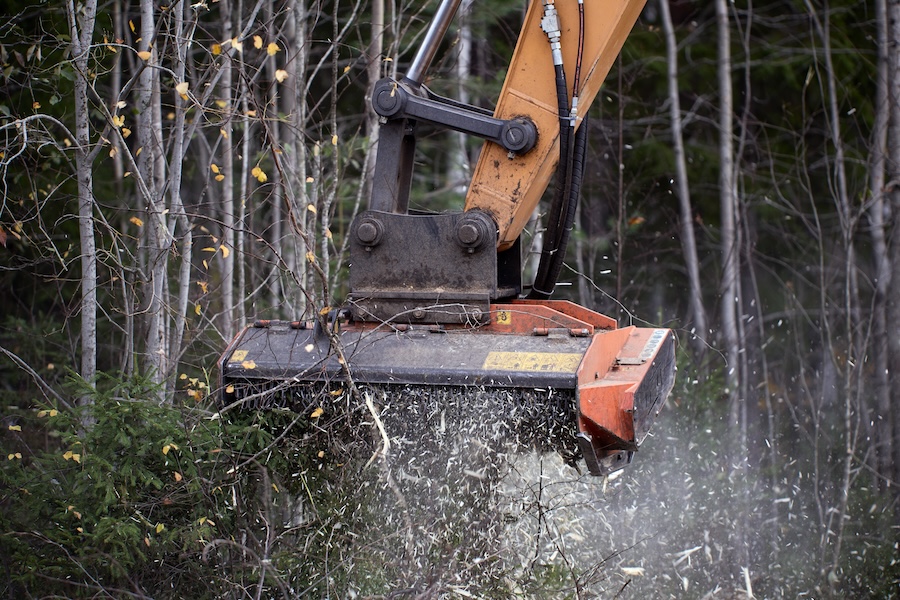
7. Enhance Crew Training and Communication
Your team’s effectiveness is directly tied to their training and the quality of communication on-site. Invest in regular training sessions that cover both the technical aspects of machinery operation and the softer skills of teamwork and communication. Hold daily briefings to discuss the day’s objectives, safety reminders, and any changes in the plan. Encourage a culture where crew members can voice concerns or suggest improvements.
8. Develop a Strategic Site Management Plan
Organizing the worksite effectively is essential for maintaining both safety and productivity. Clearly delineate work zones, equipment staging areas, and storage locations with proper signage and physical barriers. Implement systems for tracking the movement of machinery and materials throughout the site. This level of organization not only minimizes accidents by reducing congestion but also ensures that every resource is optimally utilized, which in turn accelerates the overall progress of the project.
9. Plan and Execute Effective Waste Management
Clearing land produces a significant amount of organic waste and debris. Develop a waste management plan that addresses the sorting, recycling, and disposal of cleared materials. Establish partnerships with local recycling centers or composting facilities to process green waste responsibly. Additionally, consider repurposing some materials on-site if feasible. Effective waste management not only complies with environmental regulations but can also reduce overall disposal costs and promote a more sustainable business model.
10. Implement Robust Quality Control Measures
Quality control is critical to ensuring that the land is cleared according to both client specifications and regulatory standards. Create checklists and inspection protocols at various stages of the project to monitor progress and adherence to quality benchmarks. Use precision measurement tools and periodic audits to verify that the grading, vegetation removal, and debris management meet the required standards. This systematic approach to quality assurance helps to catch and rectify issues early, reducing costly rework and ensuring client satisfaction.
11. Maintain Flexibility to Adapt to Changing Conditions
Land clearing projects often encounter unexpected challenges such as sudden weather changes, hidden obstacles, or unanticipated regulatory issues. Cultivate a flexible mindset within your team by preparing contingency plans and setting aside budget reserves to address unforeseen events. Encourage proactive problem-solving and adapt your strategies as conditions evolve.
12. Foster Strong, Transparent Client Relationships
Building and maintaining strong client relationships is crucial for long-term success. From the initial consultation through to project completion, maintain open lines of communication. Provide detailed progress reports, explain any changes or challenges, and outline how these will be managed. Transparency regarding costs, timelines, and potential risks builds trust and can lead to repeat business and referrals. Tailor your client interactions to ensure that their specific needs and concerns are addressed, ultimately positioning your company as a reliable and professional partner.
View the complete article here.
What should contractors do before starting a land clearing project?
Conduct a thorough site survey to identify terrain challenges and regulatory requirements. How can land clearing contractors improve efficiency and safety on site?
Use advanced equipment, implement strong safety programs, and adopt technologies like GPS and drones.


